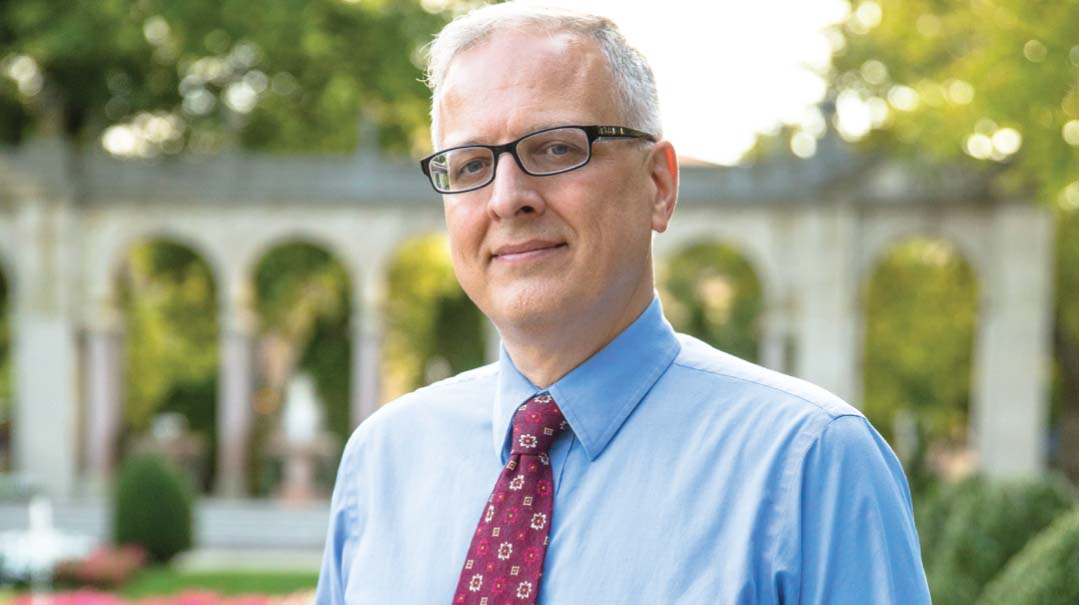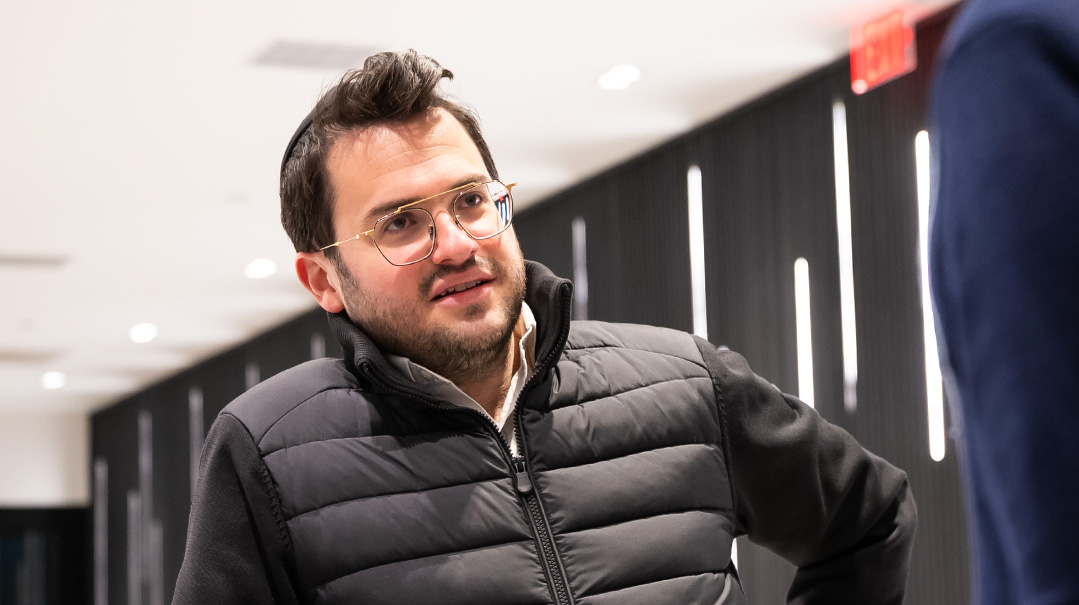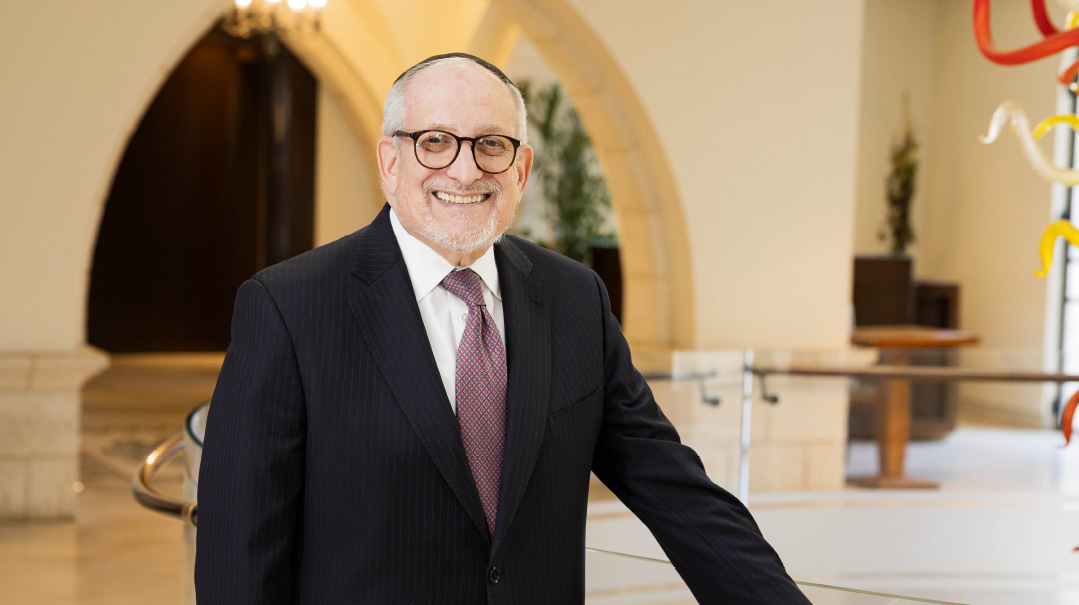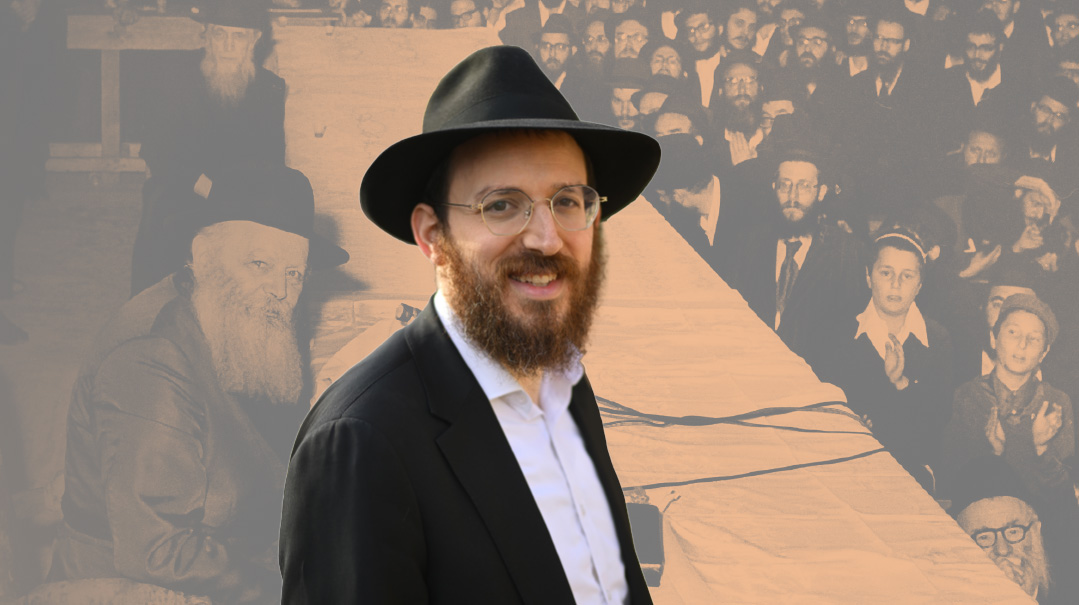Crystal Ball in Crisis
| December 7, 2021After his epic failure predicting the New Jersey race, leading pollster Patrick Murray pronounces his craft dead

Photos: Courtesy of Monmouth University, AP images
A month is an age in politics, and bar the last few bedraggled “Jack for Governor” lawn signs in Lakewood braving the winter weather, there are few outward clues to the heated campaign fought over the New Jersey governorship a few weeks ago.
The uninitiated observer would be hard-pressed to divine the fierce tones of a local political race that took on national dimensions.
But while all involved — from the freshly reelected incumbent governor Phil Murphy to the defeated challenger Jack Ciattarelli, and the politically divided Jewish communities — have moved on, there’s one man who feels he can’t.
Patrick Murray, founding director of the Monmouth University Polling Institute — considered one of the nation’s premier survey firms — admitted in a November 4 op-ed that he “blew it” on the recent New Jersey gubernatorial election.
“If you are a Republican who believes the polls cost Ciattarelli an upset victory or a Democrat who feels we lulled your base into complacency,” he wrote for NJ.com, “I hear you.”
As Politico noted about a mea culpa that made waves in the political world, “Murray didn’t announce his departure from the business, but he walked right up to the line.”
But in the days since that op-ed, the pollster has gone further, indicating to Mishpacha that his days releasing late-breaking polls were over.
Each mistaken poll “has a geometrically larger impact on undermining public trust than the previous one,” he says. And with a yawning and ever wider partisan gap in American public life, he confesses, “I think it’s a fatal sin in terms of civic responsibility right now.”
The Murphy-Ciattarelli race wasn’t expected to be close. The Garden State has long trended blue, with Democratic voter registration outstripping Republicans by more than a million. And the campaign fundamentals all pointed to an easy reelection for the Democratic incumbent, Governor Phil Murphy.
His Republican challenger, a previously unknown former state assemblyman named Jack Ciattarelli, kept insisting he was within striking distance, and campaigned tirelessly to close the gap.
But that claim fizzled when a flurry of polls came out the week before the election showing a cakewalk for Murphy, with a lead of at least eight percentage points.
The survey that got the most attention was Monmouth’s, which found Murphy winning by 11 points, 51–40. New Jersey politicos considered Monmouth the gold standard for public opinion polling; Patrick Murray’s firm had basically been accurate on gubernatorial elections going back to Democrat Jon Corzine’s 2005 victory.
So, when balloting closed on election night, and the race was too close to call, everyone was shocked. The tight margin that night had a lot to do with the way the votes were counted — the high rate of mail-in ballots, which skew heavily Democratic, were only counted in the days following.
But even now, with a much more accurate count, Murphy’s margin of victory is less than 3.5 points — more than a hairbreadth, but nowhere near the 11 points Monmouth had predicted.
Patrick Murray’s public mea culpa included a frank admission that maybe the time had come to scrap election polls. His introspective take conceded what many outside observers have been saying for a while now — that election polling is too broken to serve a positive role in the current hyper-partisan environment.
Oops! We could not locate your form.






